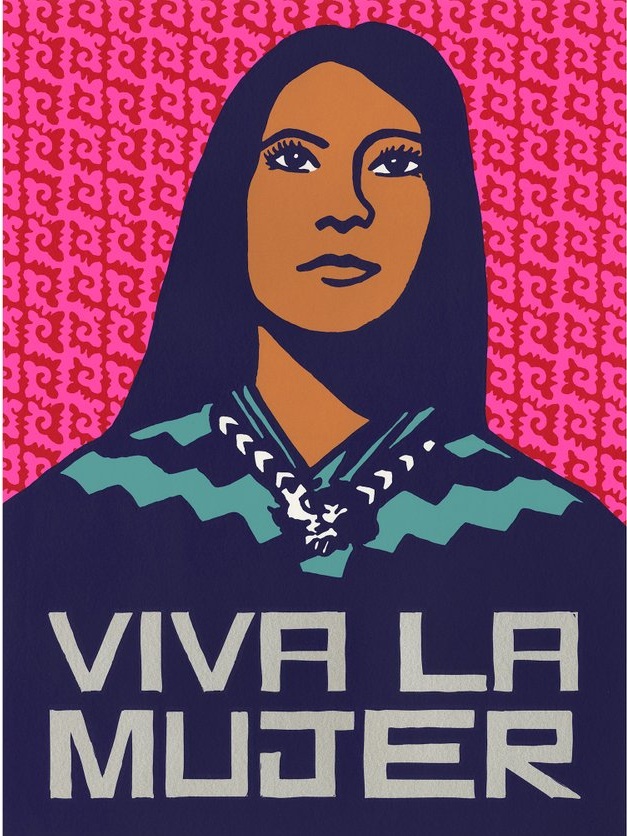In the text introduction of Roopika Risam’s novel, New Digital Worlds: Postcolonial Digital Humanities In Theory, Praxis, and Pedagogy, Risam emphasizes how digital humanities has been created to diversify the digital realm that has been accessed more frequently in this generation due to technological advancements. The digital realm can provide different sources of information, such as literature pieces, historical pieces, etc. However, the problem Risam states is how the digital realm focuses more on white cis-gender male text-based literature and history, which masks other pieces created by a minority who has the same creative or intellectual capacity. Digital humanities allow people from different backgrounds to have a voice through the internet, in most cases bringing attention to injustices in our society, a great use of the platform.
Throughout history white men have been known to have access to education (classism is a factor in this as well), however many women were not allowed to have the same intellectual knowledge as men, probably due to fragile masculinity. Risam argues this is a continuation of racism and sexism that has been embedded in our society that has continued but has adapted to this generation of discrimination. Due to postcolonialism, the history of many indigenous tribes has been erased, this was mainly due to mass genocide. Indigenous people had to either submit to the dominant white culture or died trying to maintain their culture. “The lives of colonial subjects and people of the African diaspora have historically been viewed as disruptive to dominant cultures that preserve a white status quo, as have their languages, histories, and cultural heritages (14).”
Through digital humanities people can obtain access to different diverse sources of information that can raise awareness to the public at an instant. Risam’s main goal is to increase minority sources where their voices will not be silenced. By introducing a diverse perspective of information to scholars or to an everyday audience this will enlighten people’s outlook. A main example is the Dakota Pipeline Protest, many Native Americans, and other American civilians did not want oil companies to drill into Native American land that endangers the access to water supplies and the environment (McKenna). There was a large protest that captivated the nation’s attention and raised awareness through social media. #dakotaacesspipeline started trending on twitter instantly, this is a great usage of digital humanities because social media attracts people instantly to a social injustice problem that needs to be addressed.
Discussion Questions:
- By bringing humanities and digital media together how has this improved society today?
- Do you believe there are any issues with bringing humanities and digital media together? If so, how would it create problems?
- Do you believe digital media has constructed another form of inclusion? But how can this hurt movements?
- How can we bring back social justice hashtags after social media has focused on other political issues? Example: #BlackLivesMatter is still trending
Work Citation:
McKenna, Phil, et al. “2016: Dakota Pipeline Protest Became a Native American Cry for Justice.” InsideClimate News, 15 June 2018, https://insideclimatenews.org/news/22122016/standing-rock-dakota-access-pipeline-native-american-protest-environmental-justice.
Risam, Roopika. New Digital Worlds: Postcolonial Digital Humanities in Theory, Praxis, and Pedagogy. Northwestern University Press, 2019.

